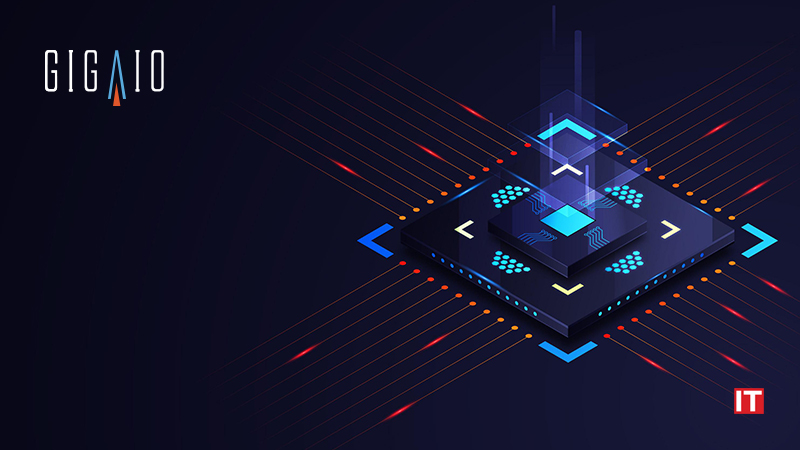GigaIO, the leading provider of workload-defined infrastructure for AI and technical computing workflows, recently announced that it successfully configured 32 AMD Instinct MI210 accelerators to a single server utilizing the company’s transformative FabreX ultra-low latency PCIe memory fabric. Available, the 32-GPU engineered solution, called SuperNODE, offers a simplified system capable of scaling multiple accelerator technologies such as GPUs and FPGAs without the latency, cost, and power overhead required for multi-CPU systems.
As large language model applications demand even more GPU performance, technologies that reduce the number of required node-to-accelerator data communications are crucial to providing necessary compute power at improved infrastructure TCO.
“As AI workloads become more broadly adopted, systems that offer the ability to harness the compute power of multiple GPUs and better manage data saturation at ultra-low latency are essential,” said Mark Nossokoff, Research Director, Hyperion Research. “And as large language model applications drive demand for more GPU performance, technologies that work to minimize node-to-accelerator traffic are better positioned to provide the necessary performance for a robust AI infrastructure.”
“AMD collaborates with startup innovators like GigaIO in order to bring unique solutions to the evolving workload demands of AI and HPC,” said Andrew Dieckmann, corporate vice president and general manager, Data Center and Accelerated Processing, AMD. “The SuperNODE system created by GigaIO and powered by AMD Instinct accelerators offers compelling TCO for both traditional HPC and generative AI workloads.”
GigaIO’s SuperNODE system was tested with 32 AMD Instinct MI210 accelerators on a Supermicro 1U server powered by dual 3rd Gen AMD EPYC™ processors, using Hashcat and Resnet50. Both tests demonstrated unprecedented scalability, with Hashcat showing a 100% scale factor and Resnet 99%.
These results demonstrate significantly improved scalability compared to the legacy alternative of scaling the number of GPUs using MPI to communicate between multiple nodes. When testing a multi-node model, GPU scalability is reduced to 50 percent or less.
“This testing shows the enormous value of using GigaIO’s SuperNODE to get all the benefits of composability, without any of the hassles,” said Alan Benjamin, CEO & President, GigaIO. AMD and GigaIO engineered the entire hardware and software stack of the SuperNODE up to and including the TensorFlow and PyTorch libraries so that applications “just run” without any software changes. “Customers can scale GPU performance without the overhead of multiple servers using our FabreX software, and get unprecedented flexibility. When a large job needs results fast, 32 GPUs can be deployed on a single compute node simply and efficiently, with leadership low latency and power usage. Those same accelerators can then be easily and quickly reallocated to other servers, thus optimizing their utilization. Let the job define your system, and not the other way around,” added Benjamin.
SOURCE: Businesswire
































